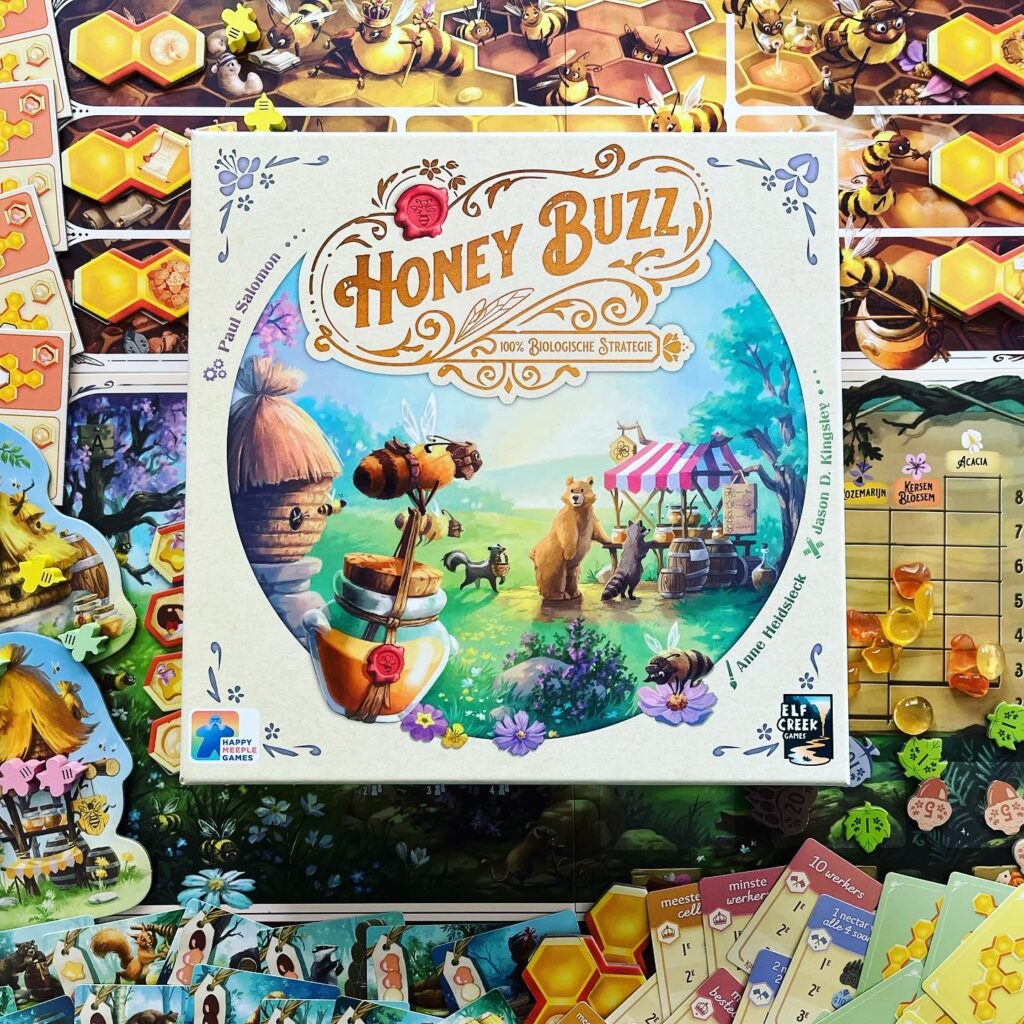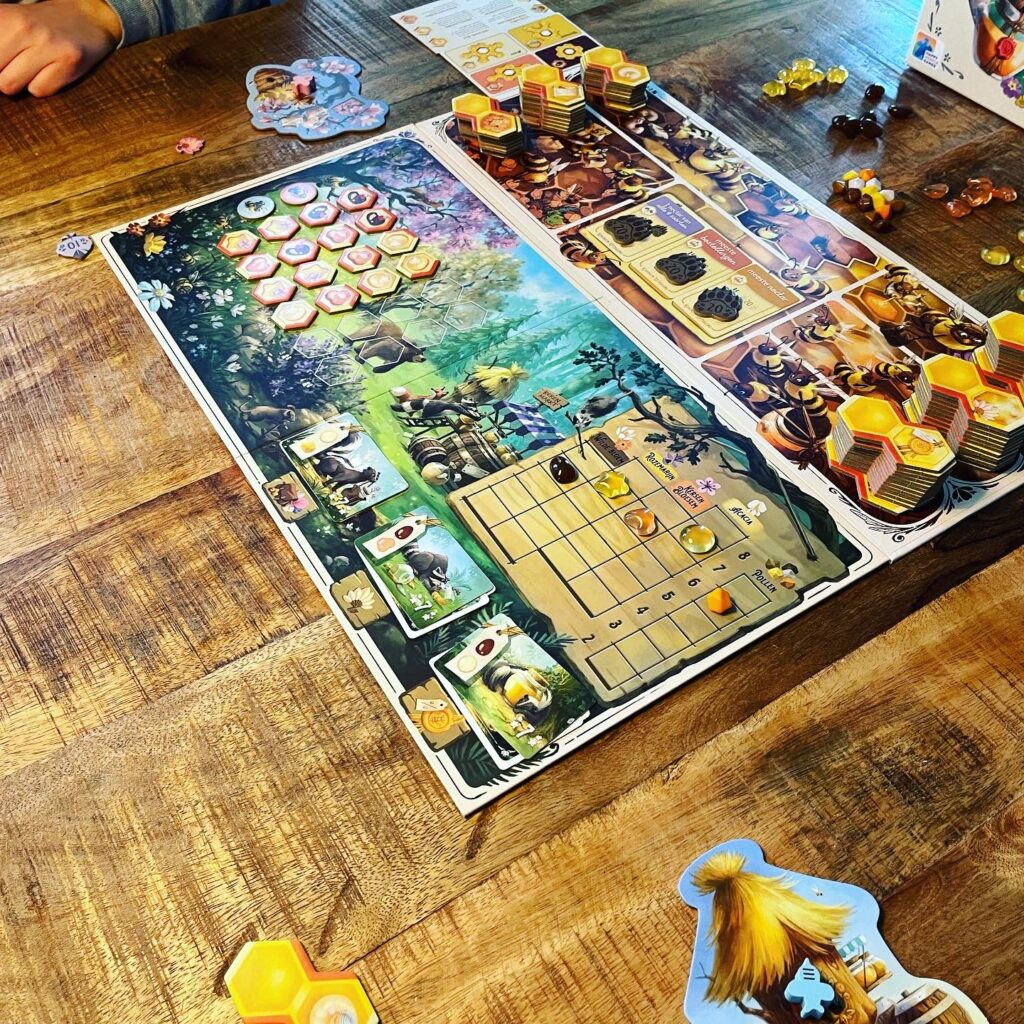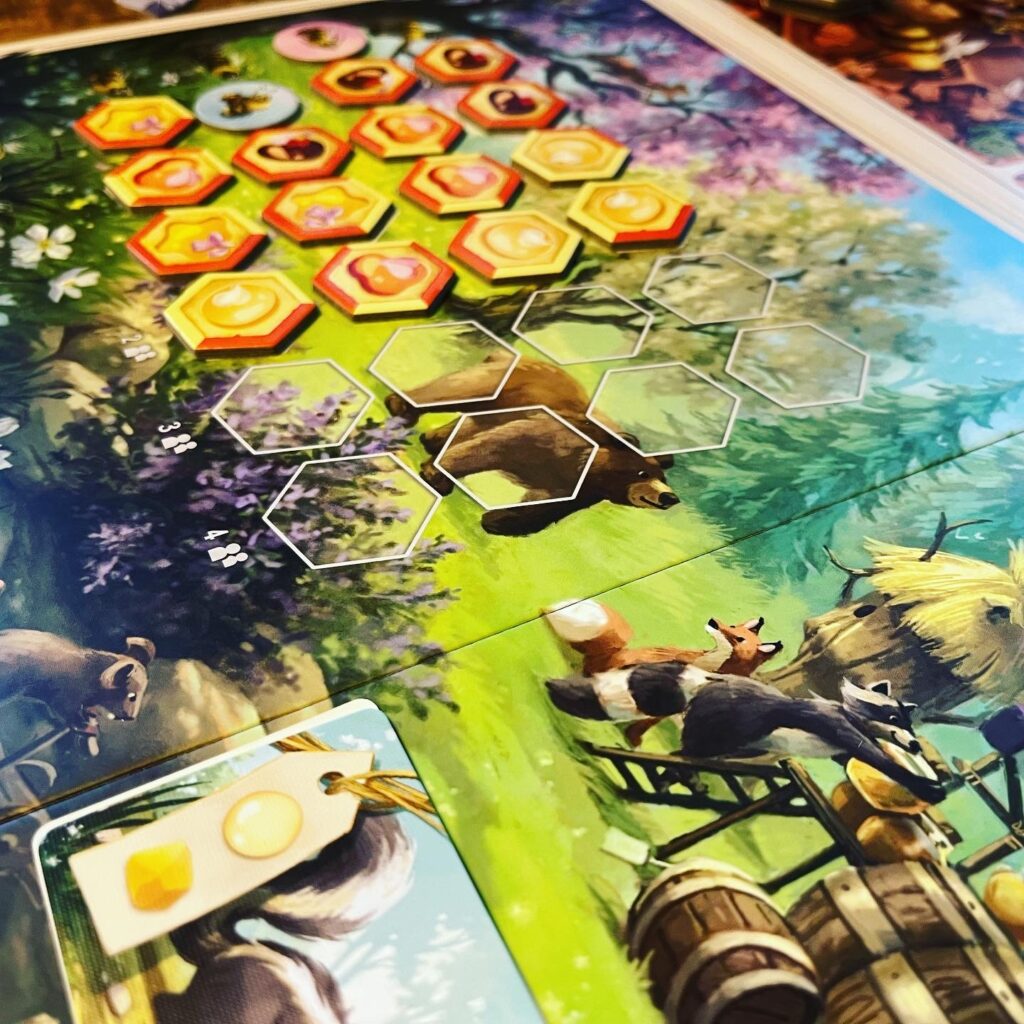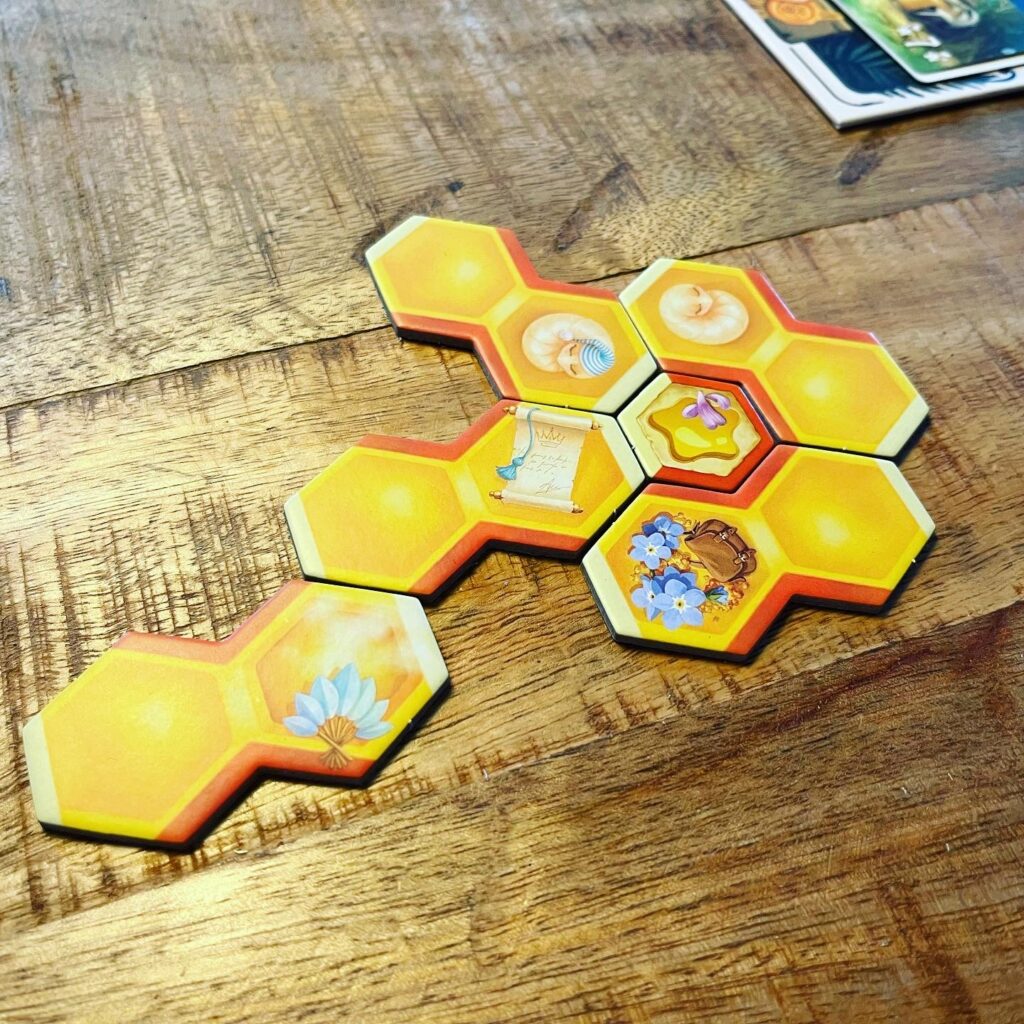The honey bee is an extremely distinctive insect or rather, a buzzing critter. The honey bee is enormously important to humans and also to our ecosystem (absolutely buzzworthy). The honey bee, like its cousin the bumblebee and its cousin the wild bee, is an important ‘pollinator’. That is, the honey bee is an important element of the “fertilization” of plants. Pollinators, like the honey bee, transfer pollen from the stamens of one flower to the pistil of another flower. This pollination is important for the reproduction of plants and flowers and ensures better fruit formation, among other things. The bee is actually a kind of Cupid, but instead of shooting arrows, they shoot pollen. The busy little creature thus plays a un-bee-lievable role in fulfilling the childbearing needs of plants.

In addition to being involved in pollination, and thus important to our ecosystem and food supply, these busy little bees are also extremely productive, and humans and other mammals are only too happy to use the bee’s services. Honey bees produce, of course, honey: a golden and sweet viscous liquid that has countless uses. This golden good is populair as ever, hence, in the board game Honey Buzz, by Elf Creek Games, the queen bees of various bee colonies have decided to bring their honey to the market and sell it to the highest bidders. Players take on the role of the chief accountant of a bee colony (everyone’s dream as a child) and must rig up an efficient honey factory to earn the most bang for their buck. Is your victory meant to bee?
Gameplay
In Honey Buzz, each player builds up their own honey factory by collecting tiles in turn. During a turn, a player can either take a tile or retrieve used bees (represented by wooden meeples: the beeples) back to the colony. To collect a tile, a player must place a stack of bees on matching spots on the game board. The active player must be able to place exactly one bee more than the highest stack already present. If the highest stack contains 2 bees, the player must then also place a stack of 3 bees. Of course, if there are no bees on the field, a player need only place a single solitary bee.

With the tile he just acquired, the player starts building his honeycomb. Beecombs are hexagonal cells that bees form from a good called beeswax that bees make from honey. Like honey, beeswax also has countless uses. However, beeswax is not easy to produce and 1 liter of beeswax can require as much as 6 liters of honey. Partly because this wax is so expensive for the bees, cells of beeswax have the characteristic hexagonal shape. This shape is sturdy and uses the least amount of raw materials! Empty cells in the apiary are used to store produced honey, pollen or larva (baby bees). By the way, this is exactly what players will do with the collected tiles. Players must place the tiles so that empty hexagonal cells are created in their apiary, and then the engine of this game really starts to hum.

Each tile that players collect has an illustration on it. This illustration corresponds to an action that players may perform once the action is activated. Once an empty cell is created, a player may activate all adjacent actions on it. There are differences tiles (and therefore actions) to collect:
- Scroll: this accounting trick allows you to perform an action of your choice (however, this tile costs money to collect in addition to placing a bee stack)
- Larva: this action allows a player to get new bees. After this action is activated, a bee enters the staging area in the game board. Once a player retrieves bees, the player also gets the new bee.
- Money: by activating this tile a player receives 5 coins;
- Collect food: with this action, a player may move his or her bee tile over the grid of nectar tiles. Nectar, as a source of sugar, is essential for the production of honey. A player can collect these nectar tiles if there is an empty spot in the colony and the pattern of this empty spot corresponds to the nectar tile in question. If a player can’t collect a nectar tile after this action, this player gets pollen as a consolation prize;
- Fan: The fan action allows players to activate nectar tiles. The player places the fan tile in the bee colony and all adjacent nectar tiles produce nectar.
- Market: with the market action, a player can sell nectar or pollen for money or redeem it to complete specific orders for extra points.
If a player cannot or will not take a tile, that player retrieves his or her bees.

The game ends once the market is saturated because players have sold nectar too many times or enough orders have been completed. The player with the most honey money wins. Players are awarded coins (points) for their completed orders, nectar or pollen remaining and also for completing public goal cards.
Conclusion
I think Honey Buzz is worth the buzz as it is an un-bee-lievably fun game. The production value of the game is enormous. The illustrations and design is bee-autiful, bright and colorful and the game components are of high quality. Player interaction is limited to placing bee stacks and using the shared nectar field. It’s not as mean-spirited as many highly interactive games, but there are plenty of ways to sting each other.
The gameplay is simple, as players technically only have two choices during their turn. However, players intriguingly try to build up an engine in addition to a beehive by planning as many actions as possible. During the game, players try to place as many tiles as possible in their colony as efficiently as possible to compose a beehive filled with honeycombs. In doing so, they are limited by the shape of the tiles, but can still place these tiles tactically. I think the theme is implemented in a fun way, as players create a bee-comb with hexagonal cells in which players will store honey. The bees must search for nectar and pollen to actually produce the honey. Bees are efficient and hard workers (the compliment of a busy bee didn’t manifest from nowhere) and players must apply that exact work mentality to win this game.

The method of amassing actions feels innovative and refreshing in that you have to puzzle the actions together. You have to plan not only which tiles and therefore actions you collect, but also where you place these tiles in your beehive and when you complete cells by placing tiles to actually activate the actions. It can sometimes pay to ‘save’ actions/tiles in order to later complete several cells at once and thus be able to complete a whole series of actions.
A tremendous puzzle and a particularly fun challenge with sufficient depth and therefore easy to learn, but tricky to axe: whoever wants to eat honey must suffer the bees to sting him! This game is as sweet as honey!





